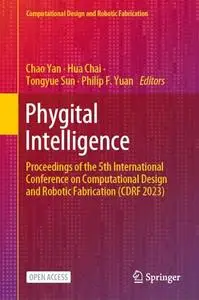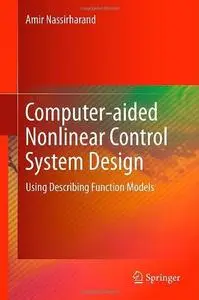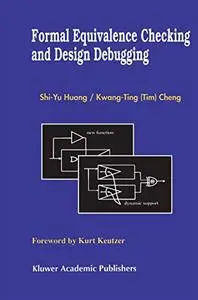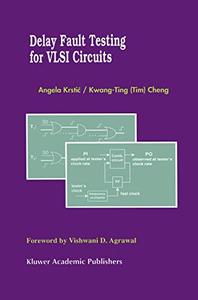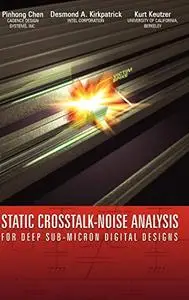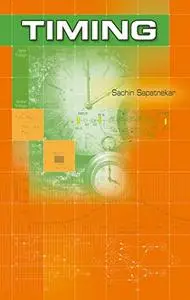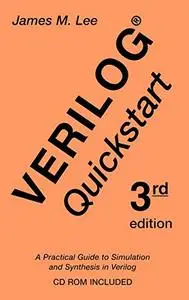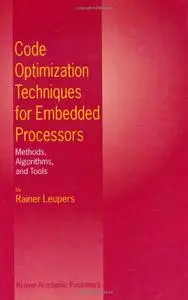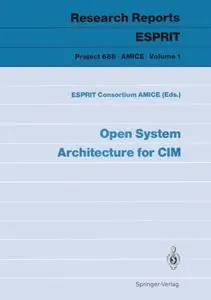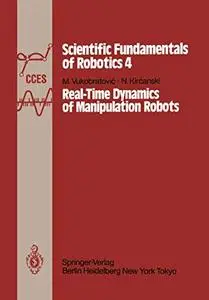Phygital Intelligence: Proceedings of the 5th International Conference on Computational Design and Robotic Fabrication (CDRF 2023) by Chao Yan, Hua Chai, Tongyue Sun, Philip F. Yuan
English | EPUB (True) | 2024 | 538 Pages | ISBN : 9819984041 | 244.6 MB
This book is a compilation of selected papers from 2023 DigitalFUTURES — The 5nd International Conference on Computational Design and Robotic Fabrication (CDRF 2023). The work focuses on novel techniques for computational design and robotic fabrication. The contents make valuable contributions to academic researchers, designers, and engineers in the industry. As well, readers will encounter new ideas about understanding intelligence in architecture.


